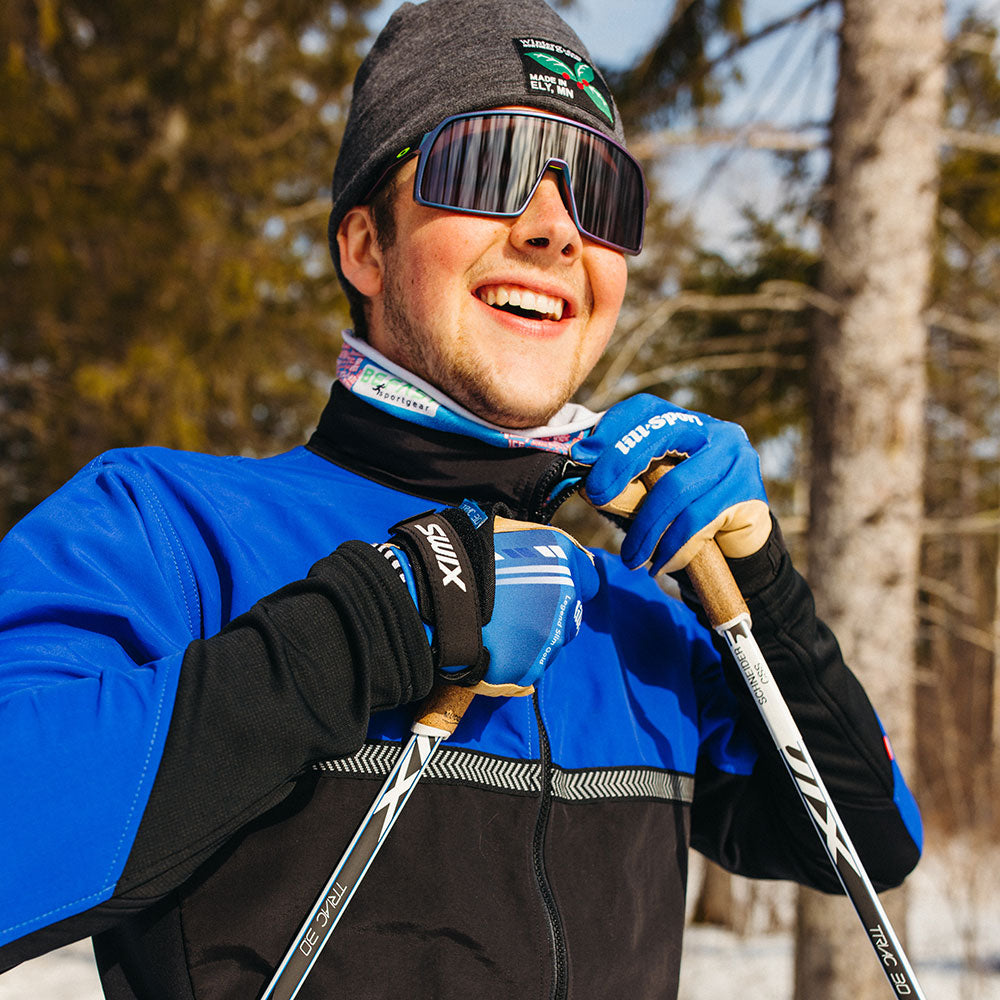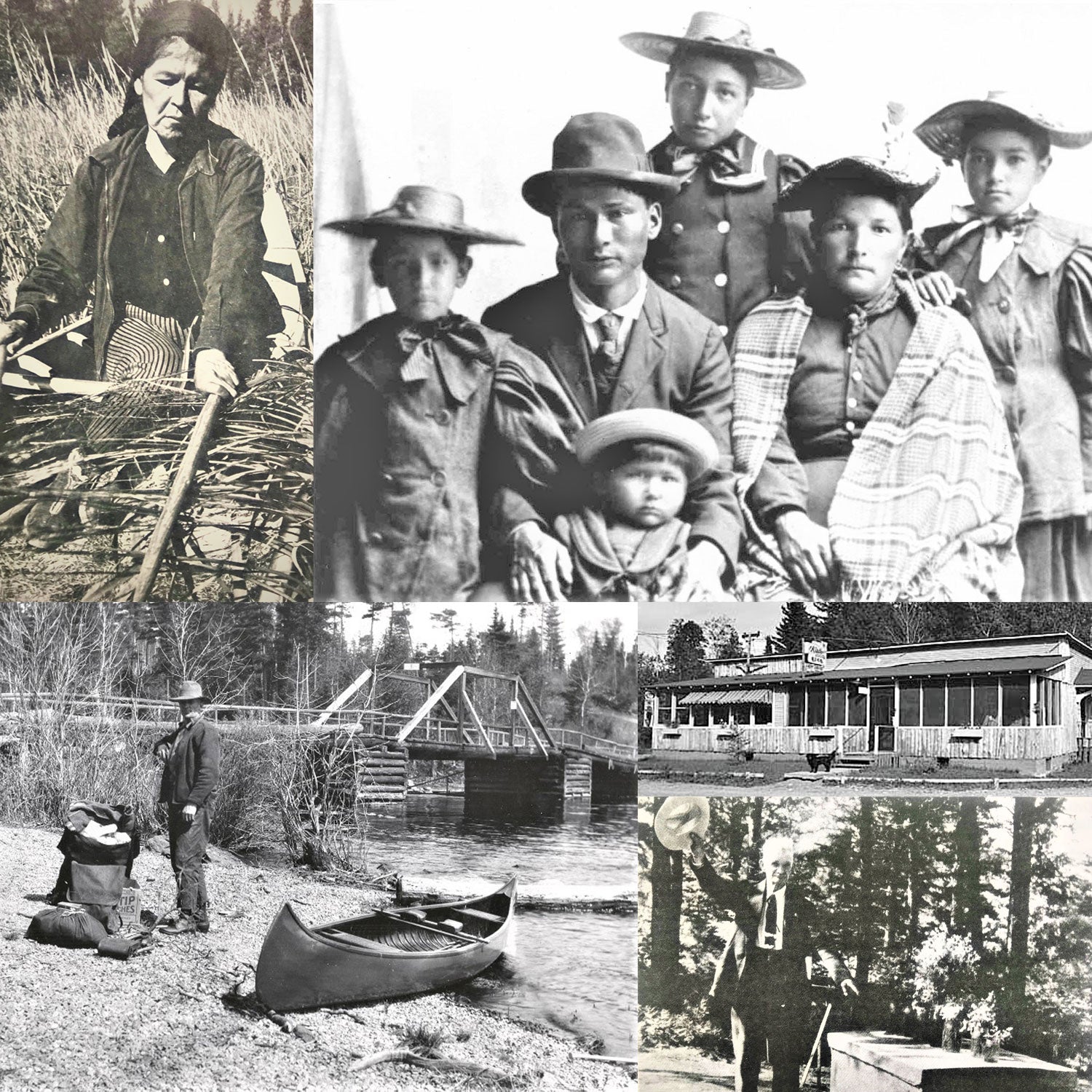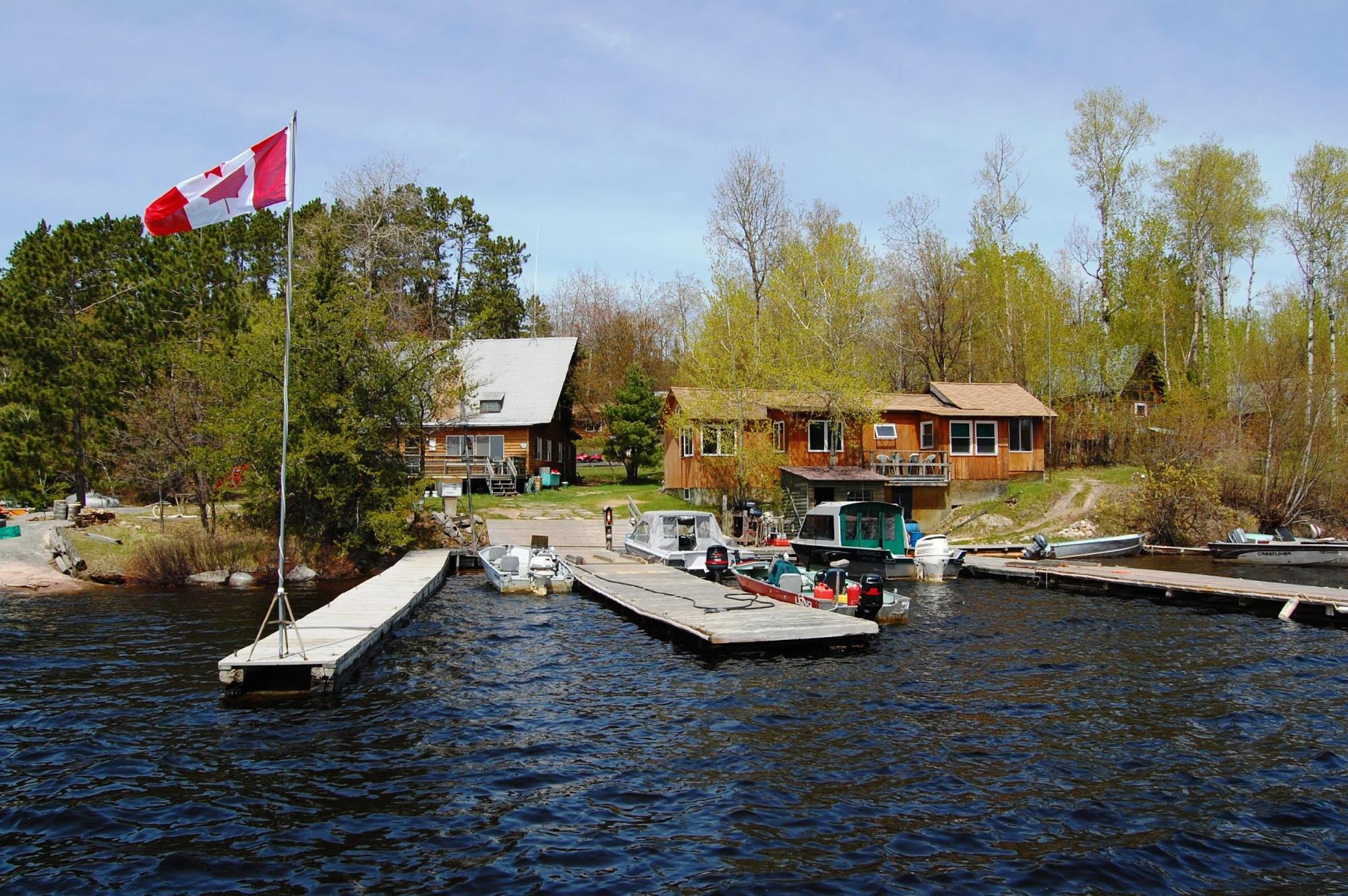Including a murder mystery, Minnesota’s famous Ojibwe dogsled postman, and a dog given a northwoods ‘state funeral’
Our company’s original name (in 1989!) was “Wintergreen on White Iron Lake.” That’s where our home and dogsled lodge are located. It’s a nice strong lake name and it turns out the lake has a fascinating history:
♦The 75-mile long Kawishiwi River (Ojibwe name meaning “place of many beaver homes”) tumbles out of the BWCAW & widens to create our lake chain: Birch-White Iron-Farm-South Farm-Garden. It heads back into the wilderness at Fall Lake to merge with other rivers and reach the Arctic Ocean at Hudson Bay 1,200 miles later.
♦Our chain of lakes are among 2,000 lakes within 50 miles of Ely. White Iron ranks among Minnesota’s 25 select “Sentinel Lakes’ monitored for aquatic health by the DNR and our White Iron Chain of Lakes Association (WICOLA).
♦Our flowage lake chain proved rich hunting, fishing & gathering grounds for early residents (& today supports over 30 resorts, outfitters, camps, campgrounds, including White Iron Beach, the area’s first resort in 1916).

White Iron Beach Resort, 1916.
♦At Birch Lake’s River Point Resort, archeologists in 1987 found a 2,000-year-old village of the Laurel Culture.
♦Maps at the Bois Forte Heritage Center show an early Ojibwe village on White Iron’s east shore in the bay just north of Wintergreen.
♦Ojibwe extensively cultivated small plots along Farm & Garden Lakes, hence their names.
♦In the late 1800s, Finnish immigrants created numerous farmsteads and 2 settlements (with schools, dance halls & stores) between White Iron and Birch Lake. The White Iron and Birch Lake cemeteries are still maintained.
♦Among the immigrants were Jacob & Maria Makela, who with their 8 children created a very prosperous farm (the pride of the area) at what is now Creek Ridge Lodge on White Iron’s southwest shore. In 1912, Jacob was found dead, shot in the back near his fields. After searching days for the culprit, sheriffs found a local hermit, known to be a ‘dissolute character’ dead of a self-inflicted gunshot. It was surmised he murdered Makela in a drunken rage of envy. Remnants of Makela’s stone barn and early farm machinery can be still seen in a pine-grove memorial between the 3rd & 4th fairways of the lodge’s defunct golf course. Maria and her kids continued to work the farm into the ‘30s.
♦Early in the last century, 3 small iron mines between White Iron and Garden Lakes led to the thriving village called Section 30 (for its survey location). The pits and last remaining homestead can be seen along the 13 Corners Road.

Silver Rapids Bridge, 1920.
♦Hand-hewn caves along east shoreline just down from Silver Rapids were dug by prospectors following wispy white traces of silver ore to find the mother lode. No luck but the quest lent Silver Rapids and White Iron lake their names.
♦Rings in the rock still found at White Iron’s narrows (and river mouth) once secured boom chains that metered the flow of logs & avoid massive jams at timber mills downstream.
♦White Iron’s Beargrease Islands reflect the name of Minnesota’s famous Ojibwe dogsled postman, John Beargrease. In the late 1800’s, John made a weekly winter mail run to the isolated villages along Lake Superior’s North Shore. He was a highly anticipated weekly visitor. Sadly, he died in 1910 after leaping into Lake Superior’s frigid waters to save a drowning colleague. But he left behind a legacy: his mail route is now Highway 61, Minnesota’s biggest dogsled race bears his name, and a race tradition has mushers visit his gravesite in Beaver Bay.

A Beargrease family photo, 1900 (including Rose!)
♦While John mostly lived on the North Shore, birth records confirm that Rose, the 3rd of John & wife Louise’s 11 children, was born in Ely, presumably on the White Iron island that bears his family name & was home to other clan members.
♦Diaries of White Iron settlers praise the Beargrease clan for providing them wild berries & game. Matt Saari recounts that Charlie Beargrease was his best friend from whom he learned to hunt waterfowl, moose, caribou (common here back then!) and gather cattail root, fiddlehead, rosehips, wild honey, maple syrup, Labrador tea, and “famine bread.” That’s the inner living ‘cambian’ layer of tree bark which served as survival food during hard times back in Finland. Immigrants were intrigued to find their new Ojibwe friends also scraped the gauzy tissue from tree trunks --as a sweet syrupy treat.
♦Charlie’s father (a Beargrease chief also named John) had his teepee on Little Beargrease Island (off Popesh Point) and the family built birch bark canoes there into the 1930s. In the ‘40s, renowned Ely snowshoe maker Joe Prijatel found John’s snowshoes on the island and they remain in the Prijatel family collection.

Ojibwe wielding winnowing sticks to harvest rice by canoe.
♦The Beargrease clan also gathered wild rice in the back bay of White Iron. In fact, this tasty, nutritious food which is largely unique to northern Minnesota, is what brought the Ojibwe here from their ancestral homes lands along the eastern Great Lakes. Their history recounts that a dream vision by a medicine man about abundant food on the water like manna from heaven launched their westward migration about 600 years ago.
♦Through the first half of 1900s, naturalist & prospector Judson Cleveland lived in the woods a few miles up the Kawishiwi River from Farm Lake. He was hired to look after a timber baron’s claims to the area’s huge pine stands. In his cabin, he kept company with a portrait of Pres. Grover Cleveland (to whom he was related), his beloved dog Toby and his books. He read extensively and when visitors arrived, he would hold forth engagingly on topics ranging from Greek philosophy, the precepts of Marcus Aurelius, and the wit of Will Rogers. Kids came too, mostly to play with Toby. When the cherished companion died in 1942, Ely families thronged to the funeral, a solemn affair. Uncle Judd (as he’d become known), laid Toby to rest in a hand-crafted concrete “Sepulchre Tomb”, the remains of which can still be seen along his namesake creek that crosses the Fernberg Road.

♦The name Ely stems from the “Isle of Eels,” a wetlands near Cambridge, England. In historic times, those lakes swarmed with the slithery fish (similar to eelpout) that provided sustenance for ancestors of Samuel B. Ely. His clan arrived in the states (from Ely, England) in the 1600s (one ancestor was a close associate of George Washington). A mining executive, Samuel financed the railroad to Ely in 1888 which launched our town. He also embraced Ojibwe culture and applied native names to some of his mining projects, including Ontonagon & Ishpeming, Michigan. Samuel’s great grandson, Courtland Ely III, was Grand Marshal at Ely’s 1988 Centennial Parade & was given keys to our city by Gov. Rudy Perpich.
♦The original Ojibwe name of our lake is Wabishka-biwabiko, which means ‘white iron’ and which means the natives were aware of silver ore here long before prospectors dug caves along our lake seeking a mother silver lode!

Paul Schurke - Polar Explorer
Paul Schurke is the owner and operator of Wintergreen Dogsled Lodge. When he's not on trail or with guests, he can probably be found out on an exciting adventure in the wilderness.




2 comments
Peggy
Wonderful to read some history of area – hope you write more.
Wonderful to read some history of area – hope you write more.
John Reamer
Thumbs up on this story Paul. Hopefully many more to come.
Thumbs up on this story Paul. Hopefully many more to come.